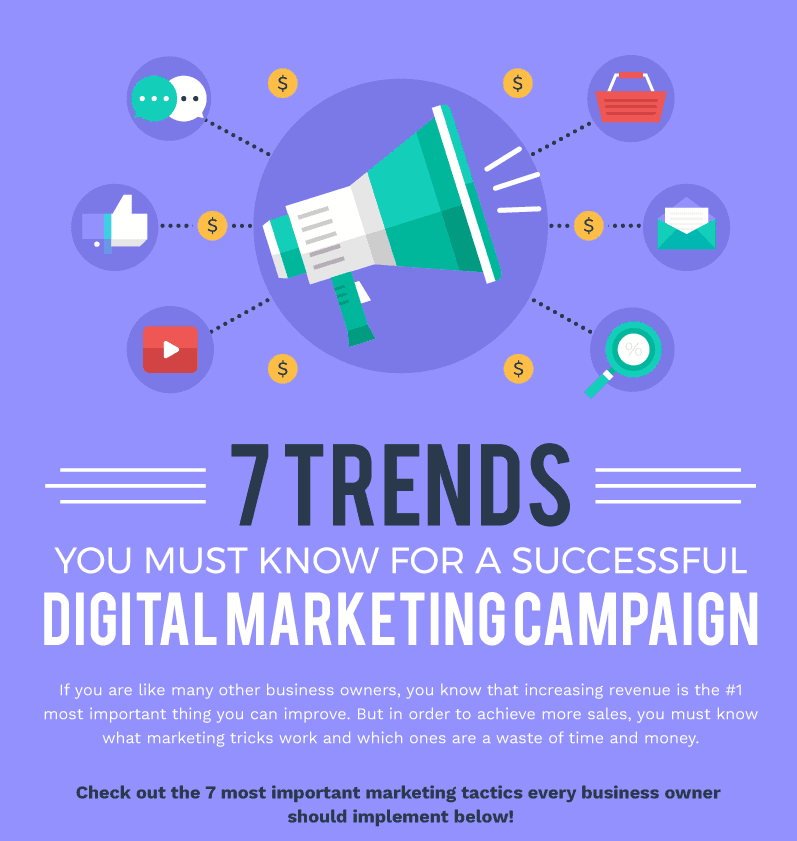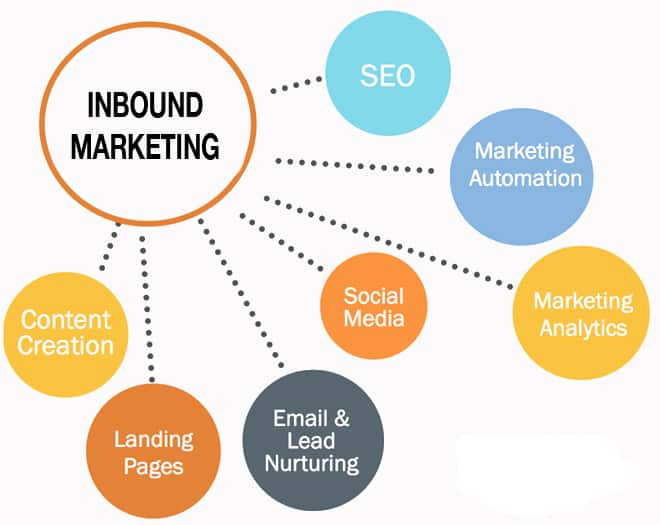Inbound marketing is a balanced mix of content marketing, social media marketing and SEO. In fact, these are not standalone activities. Every effective content marketing strategy incorporates social media as well as SEO.
When I work on a client project, this is how I prioritise these three aspects of inbound marketing on the Internet:
- Content marketing
- Social media marketing
- SEO
Although most of my clients contact me to improve their SEO on my priority list it is the last aspect of content writing I pay attention to. Does it mean I don’t think it is important? Of course SEO is important and I would never ignore it. It’s just that, I would prefer SEO to happen automatically rather than making an effort for it. I will explain below how. But first…
Content marketing is the most important aspect of inbound marketing
This is because unless you have quality content and unless you know how to market it and then actually market it, nothing much can be achieved. Inbound marketing means people coming to your website or blog on their own after, either having interacted with you on one of the social media or social networking websites, or having come across your content either on your own website or blog, or somewhere else. But whenever they come across you, they come across you via your content.
And it doesn’t just stop at them coming to your website, in fact, the real action starts when people are on your website. It is on your website that you have to convince them into doing business with you. This is where your content plays the most important part. If your content doesn’t convince them, everything goes to waste. If your content is below par, your social media strategy as well as SEO are going to fail. This is why, at the beginning of your inbound marketing campaign, the first thing you need to take care of is content marketing.
Content marketing automatically takes care of social media and SEO
Yes, for the sake of talking to clients one has to talk about content marketing, social media marketing and SEO as separate plans of action whereas they are not. They are all a part of your inbound marketing strategy fuelled by your content marketing strategy. Content marketing means
- Writing/producing high-quality content on your website/blog and elsewhere.
- Distributing that content using various channels available to you including social media and social networking websites and email marketing.
- Search engine optimizations so that people can easily find your content on search engines for the right keywords and search terms.
- Constantly analysing the effect of your content using web analytics tools like Google Analytics.
- Tweaking your marketing effort according to the results obtained from the web analytics tools
So why do I say that content marketing automatically takes care of social media and SEO?
Assumption.
Assumption that you are going to take all the right steps. What are these right steps?
- You use the right language to write your content – the language used by your prospective customers and clients. If you do that, you are automatically search engine optimising your content and hence, in the process, improving your search engine rankings.
- Strategically promote your content on social media and social networking websites. You know that in order to promote your content you need a responsive audience. How do you get a responsive audience? By engaging them with not just high-quality content, but also responding to them whenever they reach out to you. If you do this on an ongoing basis, you are handling your social media well.
- You are using the right words at the right places while creating content. If you’re going to address the problems and concerns of your prospective customers and clients you are going to use the appropriate expressions while creating titles. You will also use the keywords and search terms people normally use while trying to find your sort of products and services in your headlines and sub-headlines. If possible, you will also use these search terms and keywords in your bulleted points and the hypertext links.
If you properly take care of your content marketing, you are automatically taking care of the other aspects of content marketing like content writing and content production, content distribution, social media marketing and SEO. All these lead to a solid inbound marketing strategy that can totally transform your conversion rate.
Image source



